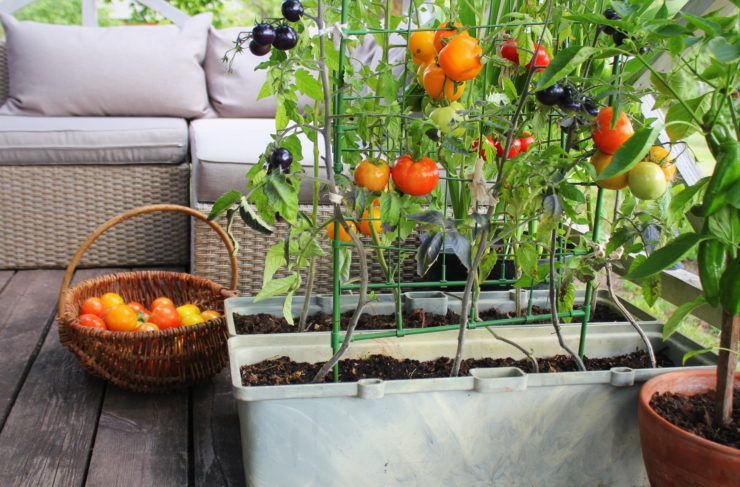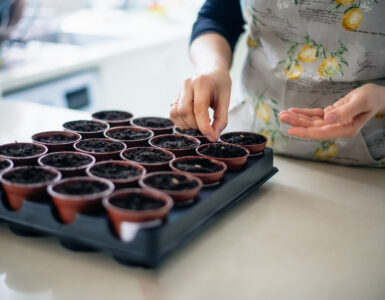Vegetable container gardening saves water while still letting you enjoy your fresh veggies.
Planting season has officially started. Because of the drought, a lot of people are considering downsizing their vegetable gardens. Container planting is an easy way to conserve more water, while still getting a bountiful harvest.
Sheriden Hansen shares how to start vegetable container gardening.
Sign up for vegetable gardening class extensioncourses.usu.edu/product/container-vegetable-gardening. Use discount code “GARDENING2022” for $10 off.
How to Start Vegetable Container Gardening
- Pick the right container. Needs to be appropriately sized for a FULL-SIZED plant. Containers should be deep to support root systems and make sure it has adequate drainage or plants can develop root rots
- Pick the right location. Most vegetable crops still need full sun, which equates to 6-8 hours daily.
- Pick the right plants
- Crops that do well in containers:
- Lettuce, spinach, swiss chard, and leafy greens
- Tomatoes
- Potatoes
- Beets
- Radish
- Strawberries
- Peas and beans
- Herbs
- Crops that do well in containers:
- Pick the right soil. Lightweight soil made for containers is ideal. Bagged soil doesn’t always come with fertilizer added to it, so read the label on the bag to see if you will need to add fertilizer
Check your containers everyday when temperatures are cool, and twice a day when the heat is on! Fertilize as needed.















Add comment